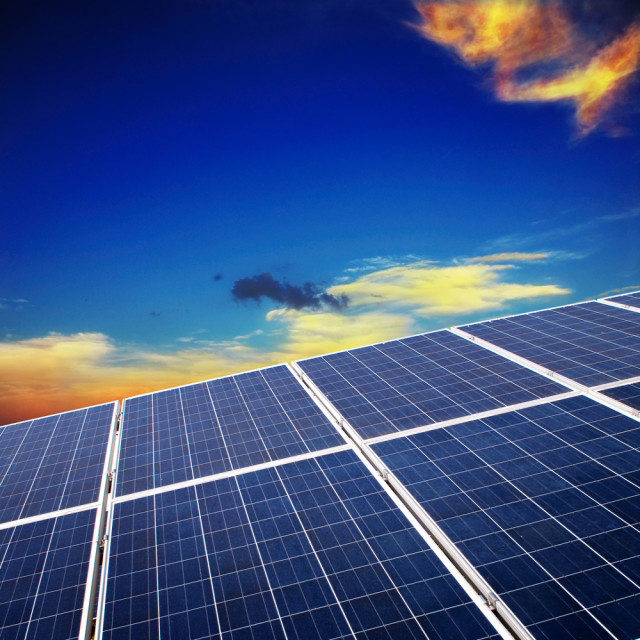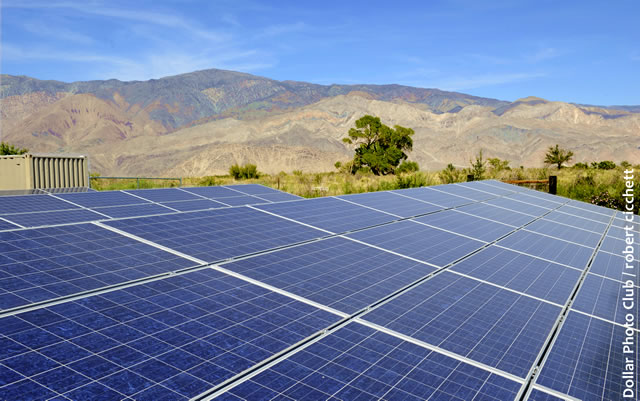
On a national scale, solar energy is becoming an increasingly popular choice for homeowners and businesses.
The environmental impact, long-term savings and sustainability all combine to make it an attractive alternative, as evidenced by the boom in the industry over the last six years.
Between 2008 and 2014, the market for solar power has transformed from being virtually nonexistent to having 600,000 homes equipped with the technology needed to rely on the sun for energy needs. As a new technology, however, many are either hesitant to make the conversion or are simply unaware of the advancements made over the years that render solar power a legitimate alternative energy source.
Is solar an option where you live?
A common misconception regarding solar power is it’s not a good idea in regions like the northeast where winter weather decreases sunlight exposure. The truth is, across the country, the available sun exposure varies by less than 30 percent.
Here’s one great example. A system installed in Maine would produce 85 percent of the energy created by the same system installed in southern California, which isn’t a drastic difference. Solar power is a viable option regardless of your location.
The impact of incentives on cost
It’s no secret that the initial installation of solar panels comes with a hefty price tag. The current average price is $6,000 per installed kilowatt-hour, so a 5 kwh system will have an up-front cost of around $30,000.
However, consumers rarely pay the full price. The federal government offers a 30 percent tax credit to offset the cost. This is in addition to credits and rebates offered by the state and your local utility company. In North Carolina, for example, the state offers a 35 percent tax credit and the utility company is required to provide a rebate for the excess solar energy that goes unused by your home. As a result, that $30,000 is reduced by nearly 70 percent.

Solar payback period
The payback period on the cost of a solar panel installation will depend on factors such as the total energy output of your solar panels, the financing option used to cover the upfront cost and the energy rate offered by your local utility company.
For an idea of average time frames, residents of California have a payback period of nine years while residents of New Jersey average seven years. As the cost of the technology needed for solar energy continues to fall, so too will the upfront cost and the payback period.
With a system that offers a 25-year warranty, the net savings greatly outweigh the cost.
Solar savings
Most solar panels are on-grid installs, which means they are connected to the electricity grid via a local utility company. As a result, you’ll still receive a utility bill, but the monthly cost can be reduced by 90 percent or more.
For example, in California, energy costs $0.15 per kwh. With an average monthly consumption of 573 kwh, a typical bill would be $88. A 5 kwh system producing 583 kwh every month would mean your solar panels are providing more energy than you use. As an on-grid system, this excess energy will be fed to the grid and your local utility company will provide a credit to your account through what’s known as net metering.
In other words, after the payback period, your solar panels can potentially be an income generator.
Sustainability of solar energy
The financial aspect of solar energy is an important factor that impacts whether a person will decide to go solar. But beyond the monetary benefits are the environmental ones.
Solar energy is a clean, renewable energy that releases no harmful byproducts. Fossil fuels, on the other hand, are a finite resource that must be burned to produce energy, a process that releases harmful greenhouse gasses into the atmosphere. The mining and transporting of these fuels are additional environmental pollutants that do not exist with solar energy.
Solar energy is poised to become a permanent part of the future. With the long-term financial and environmental benefits the energy source creates, converting will be a smart choice for anyone who makes it.
~ Written by Tim Smith, a contributor to Modernize Solar
Solar Energy information Sources
nrdc.org; energy.gov; nationalgeographic.com; seia.org; eig.gov
Bonus:
Listen to the latest Green Divas at Home segment…
Watch The Green Divas video interview with Ed Begley talking about the benefits (and challenges) of building a green home here.
[dynamic-sidebar id=’Custom Widget 2′]
Nick Tedesco
May 12, 2015 at 8:16 pm
Hi Green Divas! Nice site you have here. I’d like to add my 2 cents to your solar power post here. I’m fairly knowledgeable about residential solar power – it’s all I do. Pricing is actually even better than what was stated on this post. Affordable solar installers can install systems as low as $3 per watt or $3,000 per kilowatt. This is effectively $0.08/kWh over the life of a system. Please check out solar-power-now.com for more information on the latest in the solar power industry.